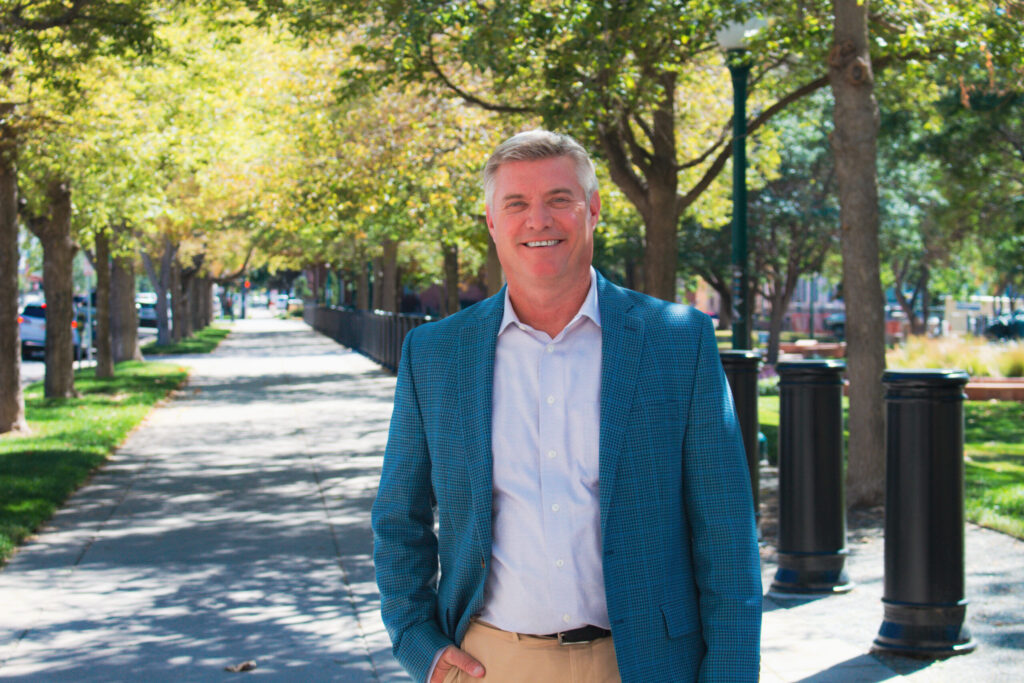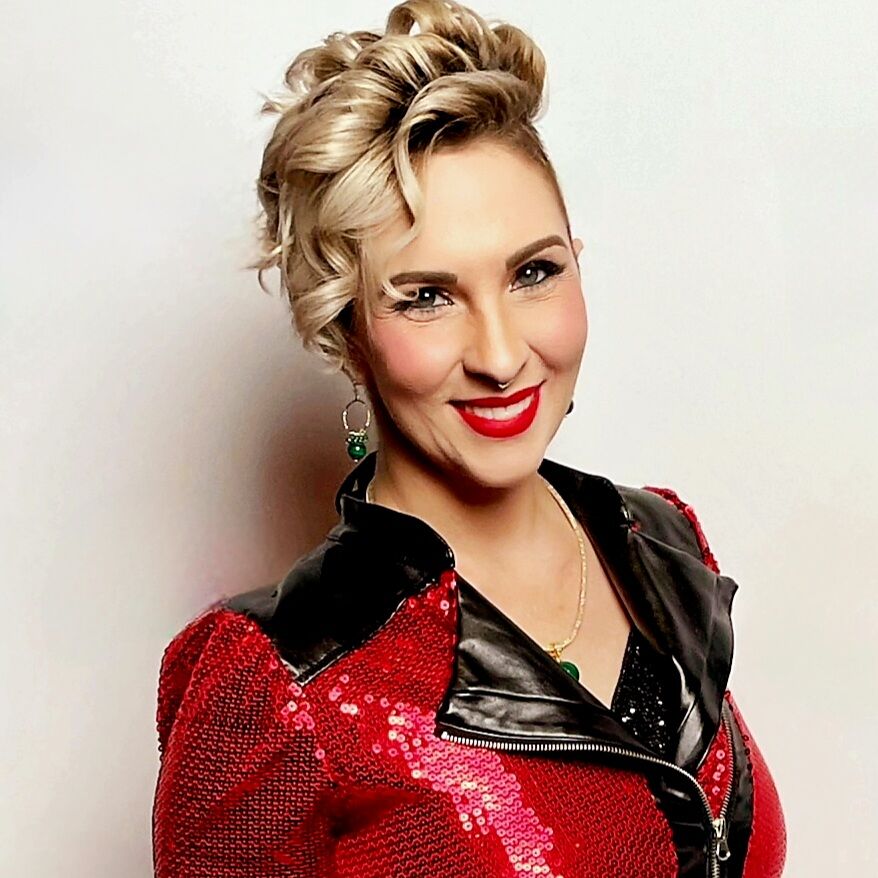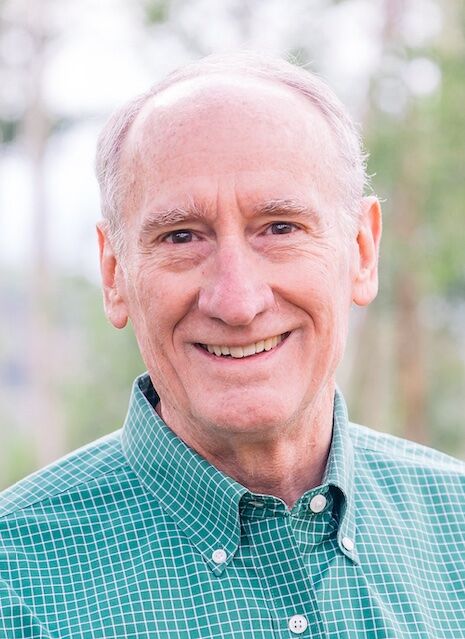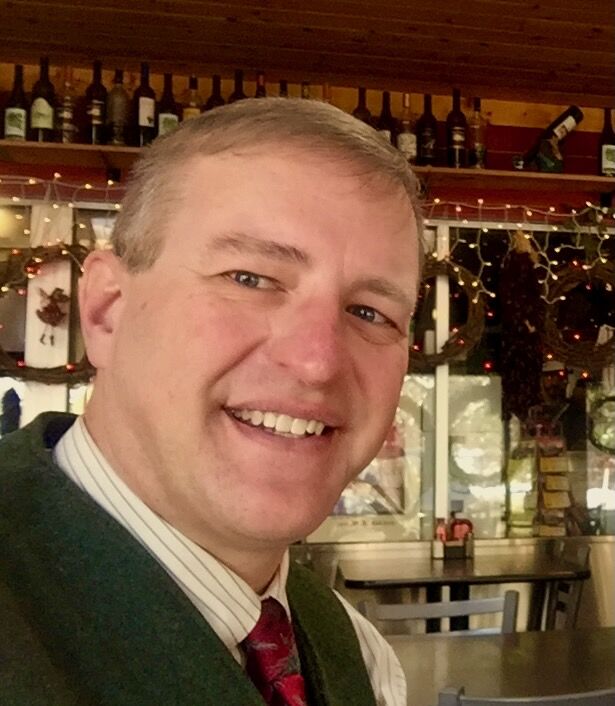Ballyhooed heat pumps don’t quite cut it in the cold


You’ve probably heard of heat pumps as an alternative to gas-fired heat sources. You may have also heard that they don’t work here in Colorado because we have a winter here. The truth is that they do work here in Colorado, but as with electric school buses, they don’t work as well.
I describe heat pumps to my students as an air conditioner that can run forward or backward. Minus much technical detail, a heat pump can not only dump heat energy from inside your house to the outdoors like an air conditioner, it can also turn around and pull heat energy from outdoors and dump it inside your home. It operates by pumping and compressing a fluid – called refrigerant – around a closed circuit to shuttle heat where you ask it to.
Part of the appeal of heat pumps is the energy multiplier you get when using it for heat. This information is contained in a number HVAC professionals call the “coefficient of performance,” or COP. A decent heat pump has a COP of about 3, meaning that for every one unit of electrical energy you put into the machine, you’ll get three units of heat energy in your home. Pretty remarkable if you think about it; the best a natural gas appliance can do is about 0.98 units of heat for 1 unit of combustion energy.
The thing is, when it’s cold outside heat pumps start to flag. First, the machine struggles to stay on. Unsurprisingly, as you push the refrigerant outdoors to collect heat when it’s cold, it will return cold and at a low pressure. It’s so cold, in fact, that the heat pump would normally want to turn itself off because its compressor can’t operate so low. In order to keep running, the temperature and pressure of the refrigerant needs to be brought up.
Enter the Rube-Goldbergian savior hot gas recirculation. At a certain minimum temperature, the machine will divert some of its energy (via recirculating high-temperature refrigerant made in the compressor) to heating the cold returning refrigerant. Yes, you read that right. In order to simply continue running, the heat pump must eat some of its output. I’m not talking about super low outdoor temperatures either. The United States Department of Energy has recently issued a challenge to heat pump manufacturers tasking them with a design that would not need hot gas recirculation above 47 degrees. That’s the current (relatively mild for our climate) aspiration.
That’s not all either. Even if you can keep your machine running when it’s cold out, you’re playing a game with diminishing returns as the temperature falls. Your heat pump’s COP is going to drop off as the temperature falls. Looking at the same Department of Energy challenge above, the current goal (not reality) is to get a heat pump that has a COP of 2 with an outside air temp of 5 degrees (compare that to about 1.15 at that temp with current technology). As the temperature falls, your energy multiplier starts falling too: you put in one unit of energy and might get 15% more for your trouble. Makes sense if you think about it. You’re now having to put energy into the system just to keep the wheels spinning, so to speak.
Still better than gas, but we’re not finished. There is a strict lower bound on heat when cold air is the reservoir you’re drawing from. Like a poor relative, cold air doesn’t have much to give. To give you some numbers, I went to a psychrometry calculator (something mechanical engineers use to calculate the heat loads for air). I entered typical autimn, winter and early spring temperatures, humidities and altitude for where I live. Using September as a baseline, a brisk fall night has about 5 times as much energy as a January night, and about 2.5 times as much as a March night. Plain physics tells us that you’re going to really struggle to wring enough heat out of the air in winter (and likely early spring) to keep your house warm. The machine will run, it will give you 15% more than you put in, but that’s 15% above a small number.
If you’re worried, don’t be. Heat pumps come with “supplemental heat,” often an electrical coil sitting in your air ducts. If the heat pump can’t give you enough heat, the supplemental feature kicks on, draws current, and keeps you toasty. Sadly, though, this can get expensive. You’re drawing a lot of electrical power now, so your utility bill is going to resemble what it would be if you shut off your furnace on extra cold nights and used electric space heaters.
Could we heat our homes in winter with heat pumps? Yes. Some places have for years, even up in the mountains. As a quick aside, however, and in an even more Rube-Goldbergian twist, those heat pumps must put their outdoor grills in a shed heated with natural gas heaters just to get enough hot air to make the heat pump run. Nonetheless, ignoring the horrendous cost to retrofit and operate when cold, we could be comfy replacing furnaces with heat pumps.
Probably we’d get along fine in transition seasons – fall and late spring – when our weather resembles that of winter in southern California. That won’t be the case for the cold nights of winter. We’d have heat alright, but at a huge price and with a demand for electricity that our grid couldn’t sustain. Perhaps we’d be better off financially and greenhouse emissions-wise putting our effort into replacing old natural gas appliances with newer, more efficient ones instead of blindly leaping in with both feet on heat pumps.
Cory Gaines is a physics instructor at Northeastern Junior College in Sterling. He runs the Colorado Accountability Project on Facebook and lives for what Richard P. Feynman called “the pleasure of finding things out.”













